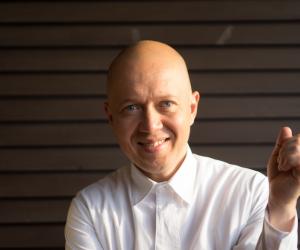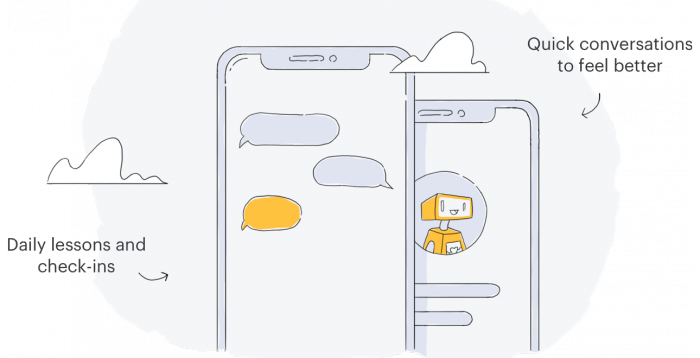Mental health illness is known as the ‘disease of the 21st century.’ The World Health Organisation estimates that globally 1.1 billion people suffer from mental health illness in some way, be it depression, anxiety or psychosis. Because of lack of awareness and poor means of access to diagnosis in some countries it’s likely that this number is higher.
Often the only viable treatment for mental illness is psychotherapy and/or medication. Again, access becomes an issue as treatment is expensive. At the same time, many governments do not recognise mental health disorder as a serious health concern.
But, perhaps technological interventions can provide some kind of relief. These are some of the products that have been designed to treat symptoms associated with mental health issues.
Tech entrepreneur and musician Marko Ahtisaari is harnessing the power of AI and music to help people relax. Unwind generates a melody that matches the user's frantic heart rate, and as the melody becomes more and more subdued so does the body's stress responses, creating a period of relaxation and calm.
The hope is that Unwind could replace prescription medication. Research has shown the effect of music on the brain is the same as that of psychostimulants used in medical treatment. The app is free to use on all mobile devices.
It’s ironic that mobile phones (often a cause of daily stress for many) also offer a vehicle for solutions to those stressors.
The woebot app is a chatbot built by a team psychologists led by Dr. Alison Darcy. Developed by experts across the fields of engineering, design, data science and of course psychotherapy, the app combines storytelling, AI and robotics to provide a sort of ‘stand-in’ therapist that individuals have access to at the tap of a button.
Prompts and responses from the bot are based on cognitive behavioural theory as learned from the human psychotherapy experts on the team.
Conscious of the importance of maintaining healthy breathing patterns, the creators of Calmingstone employed haptic techniques to help the user regulate breathing and heart rate. Intended to be held in the palm of one’s hand, the tech-infused stone appeals to sight, hearing and touch in an effort to help the calm the user.
When a rapid pace is detected in the rate of blood flow, Calmingstone mimics it with a gentle vibration and emits a soft light in the same pattern. The audio component is aligned with these patterns and provides music that contributes to the its calming effect.
While there’s been a barrage of fitness tracking apps scattered across the Internet these last few years, there is a significant lack in their acknowledgement of mental health. A group of psychologists, technologists, neuroscientists and creatives at Vinaya noticed and so set out to create their own.
Consisting of a smart watch and mobile app, Zenta is focused on a more holistic wellbeing of the body and mind. It does this by monitoring physiological habits (exercise, diet, etc) and patterns (heart rate, oxygen levels, breathing patterns) in order to help the user make better choices.
The app makes use of biometric sensing technology and algorithms to provide the wearer with advice and solutions for a more balanced, stress-free life.
More on design for mental health
On designing spaces with people's mental health in mind
Would we modify our skyline for the sake of mental wellbeing?










